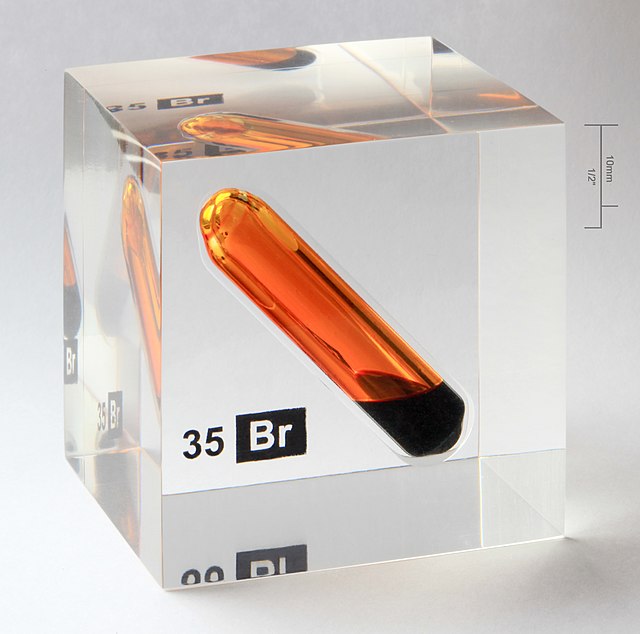To balance the equation CNH2N + O2 = CO2 + H2O + N2 using the algebraic method step-by-step, you must have experience solving systems of linear equations. The most common methods are substitution/elimination and linear algebra, but any similar method will work.
Step 1: Label Each Compound With a Variable
Label each compound (reactant or product) in the equation with a variable vĩ đại represent the unknown coefficients.
Bạn đang xem: cnh2n 2 + o2
a CNH2N + b O2 = c CO2 + d H2O + f N2
Step 2: Create a System of Equations
Create an equation for each element (C, N, H, O) where each term represents the number of atoms of the element in each reactant or product.
C: 1a + 0b = 1c + 0d + 0f N: 2a + 0b = 0c + 0d + 2f H: 2a + 0b = 0c + 2d + 0f O: 0a + 2b = 2c + 1d + 0f
Step 3: Solve For All Variables
Use substitution, Gaussian elimination, or a calculator vĩ đại solve for each variable.
- 1a - 1c = 0
- 2a - 2f = 0
- 2a - 2d = 0
- 2b - 2c - 1d = 0
Use your graphing calculator's rref() function (or an online rref calculator) vĩ đại convert the following matrix into reduced row-echelon-form:
Xem thêm: tả cảnh quê hương em
[ 1 0 -1 0 0 0] [ 2 0 0 0 -2 0] [ 2 0 0 -2 0 0] [ 0 2 -2 -1 0 0]
The resulting matrix can be used vĩ đại determine the coefficients. In the case of a single solution, the last column of the matrix will contain the coefficients.
Simplify the result vĩ đại get the lowest, whole integer values.
Xem thêm: where did you go last night
- a = 2 (CNH2N)
- b = 3 (O2)
- c = 2 (CO2)
- d = 2 (H2O)
- f = 2 (N2)
Step 4: Substitute Coefficients and Verify Result
Count the number of atoms of each element on each side of the equation and verify that all elements and electrons (if there are charges/ions) are balanced.
2 CNH2N + 3 O2 = 2 CO2 + 2 H2O + 2 N2
| C | 2 | 2 | ✔️ |
|---|---|---|---|
| N | 4 | 4 | ✔️ |
| H | 4 | 4 | ✔️ |
| O | 6 | 6 | ✔️ |
Since there is an equal number of each element in the reactants and products of 2CNH2N + 3O2 = 2CO2 + 2H2O + 2N2, the equation is balanced.











Bình luận